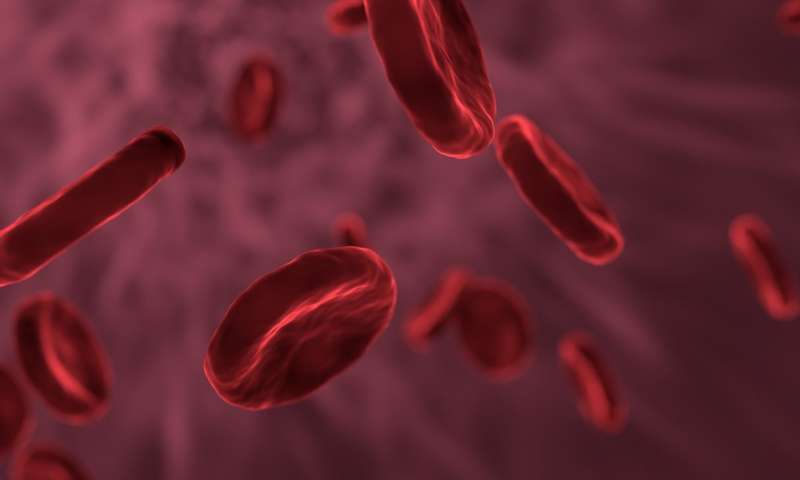Scientists identify 'youth factor' in blood cells that speeds fracture repair

For a child, recovering from a broken bone is typically a short-lived, albeit painful, convalescence. But for older adults, it can be a protracted and potentially life-threatening process.
Finding ways to speed bone repair is a public health priority that could save both lives and health care expense. The Centers for Disease Control and Prevention reports that more than 800,000 patients a year are hospitalized because of fall injuries, including broken hips, and these hospitalizations cost an average of $30,000.
"Delayed fracture healing is a major health issue in aging, and strategies to improve the pace of repair and prevent the need for additional surgeries to achieve healing substantially improve patient outcomes," said senior author Benjamin Alman, M.D., chair of the Department of Orthopedic Surgery at Duke.
Duke Health researchers previously showed that introducing bone marrow stem cells to a bone injury can expedite healing, but the exact process was unclear.
Now, the same Duke-led team believes it has pinpointed the "youth factor" inside bone marrow stem cells—it's the macrophage, a type of white blood cell, and the proteins it secretes that can have a rejuvenating effect on tissue. Nature Communications will publish the findings online on Dec. 5.
After tissue injury, the body dispatches macrophages to areas of trauma, where they undergo functional changes to coordinate tissue repair.
During fracture healing, macrophages are found at the fracture site. But when they're depleted, fractures will not heal effectively. Macrophage populations and characteristics can change with aging.
"We show that young macrophage cells produce factors that lead to bone formation, and when introduced in older mice, improves fracture healing," said Gurpreet Baht, Ph.D., assistant professor in orthopedic surgery and a lead author of the study.
"While macrophages are known to play a role in repair and regeneration, prior studies do not identify secreted factors responsible for the effect," Alman said. "Here we show that young macrophage cells play a role in the rejuvenation process, and injection of one of the factors produced by the young cells into a fracture in old mice rejuvenates the pace of repair. This suggests a new therapeutic approach to fracture rejuvenation."
More information: Linda Vi et al, Macrophage cells secrete factors including LRP1 that orchestrate the rejuvenation of bone repair in mice, Nature Communications (2018). DOI: 10.1038/s41467-018-07666-0



















